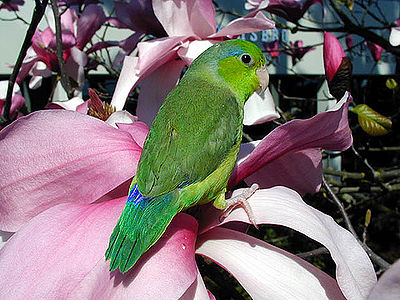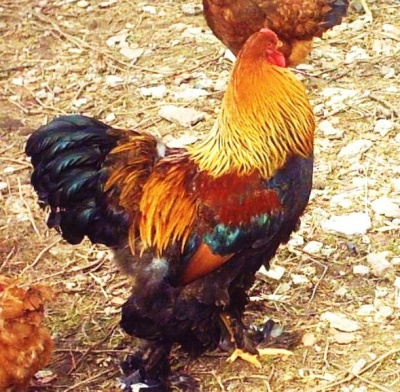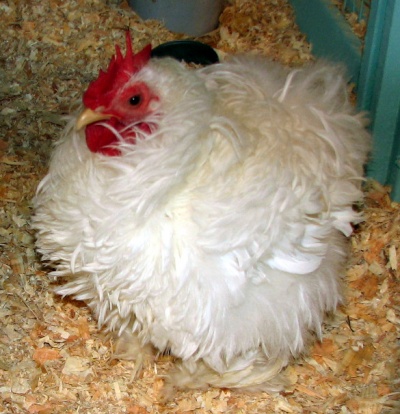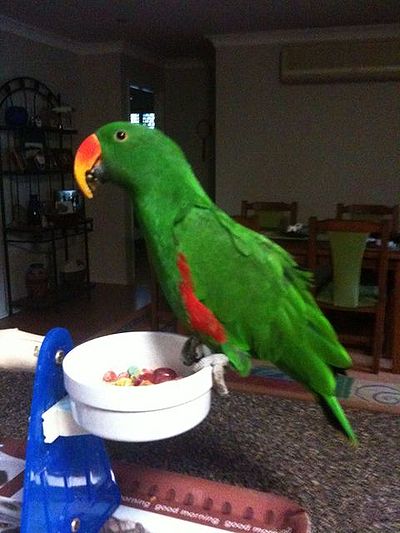
Parrotlets are the smallest parrots known in the world. Some people have labeled them “Pocket Parrots”. Their closest relative is the Amazon Parrot.
There are different species in the family.
Pacific Parrotlet (Celestial Parrotlet or Lesson’s Parrotlet)
The Pacific Parrotlet is the best known and most popular. There are about 4 3/4-5 1/2in. long. Color is green. The male has blue flight feathers with a blue streak from eyes to back of neck. Females are all green with a blue-green streak from eyes to back of neck. Eyes are dark brown, beks off-white and legs are pale pink. The tail is short.
Pacifica Lucida Parrotlet
Pacifica Lucida Parrotlet is mainly green with both males and females having blue on wings and rumps.
Green Rumped Parrotlet (Common Parrotlet or Guiana Parrotlet)
Green Rumped Parrotlet is 4 3/4 inches long. Underside and edges of wings are blue. Both males and females are green wth bright green tails.
Spectacled Parrotlet
Spectacled Parrotlet is less than 5 inches long and weighs 25 gms. The male is emerald green with lighter green and yellow green underside. Eyes are blue ringed. Females are a lighter green with emerald eye ring.
There are mutations of Parrotlets that have various colors – blue, yellow, white, pale cinnamon, dark yellow and pastels.
The other species of Parrotlet are rare and usually not available as pets in the United States.
The lifespan of Parrotlets is 15-20 years with some living to over 30 years, so please make sure you are ready for that commitment .
They are fun to own as they are intelligent, affectionate, lively and very playful. Parrotlets can do tricks and can learn to talk. If you are interested in a talking parrotlet, it’s best to choose one that talks already. But, since they may attack other animals and birds, it’s best to keep them separate. Wings should be clipped to avoid accidents with these curious little birds. Parrotlets need interaction, handling, exercise and playtime, about 3-4 hours daily. They bond closely with their human.
Cage size should be at least 18 x 18 with bars spaced so that the Parrotlet's head will not get caught. Of course if you choose, you can get a larger cage.
Provide open food dishes as they may not feed from a dish with a hood. Natural wood perches are best. Do not use sandpaper covers which can cause irritation to the feet. Keep the cage out of sunlight and drafts. You can cover the Parrotlet’s cage at bedtime to ensure it gets enough sleep.
These playful pets enjoy hours of swinging and climbing and should have lots of toys. Of course, don’t overcrowd the cage. Their beaks are strong and cockatiel or conure toys are recommended.
Parrotlets can be fed cockatiel food. Their diet should include fresh fruit and veggies and greens, whole wheat bread, cooked rice and potatoes and dried beans. They will also eat grains and protein snacks. Always have fresh water available as well as a cuttlebone and mineral block.
Video



